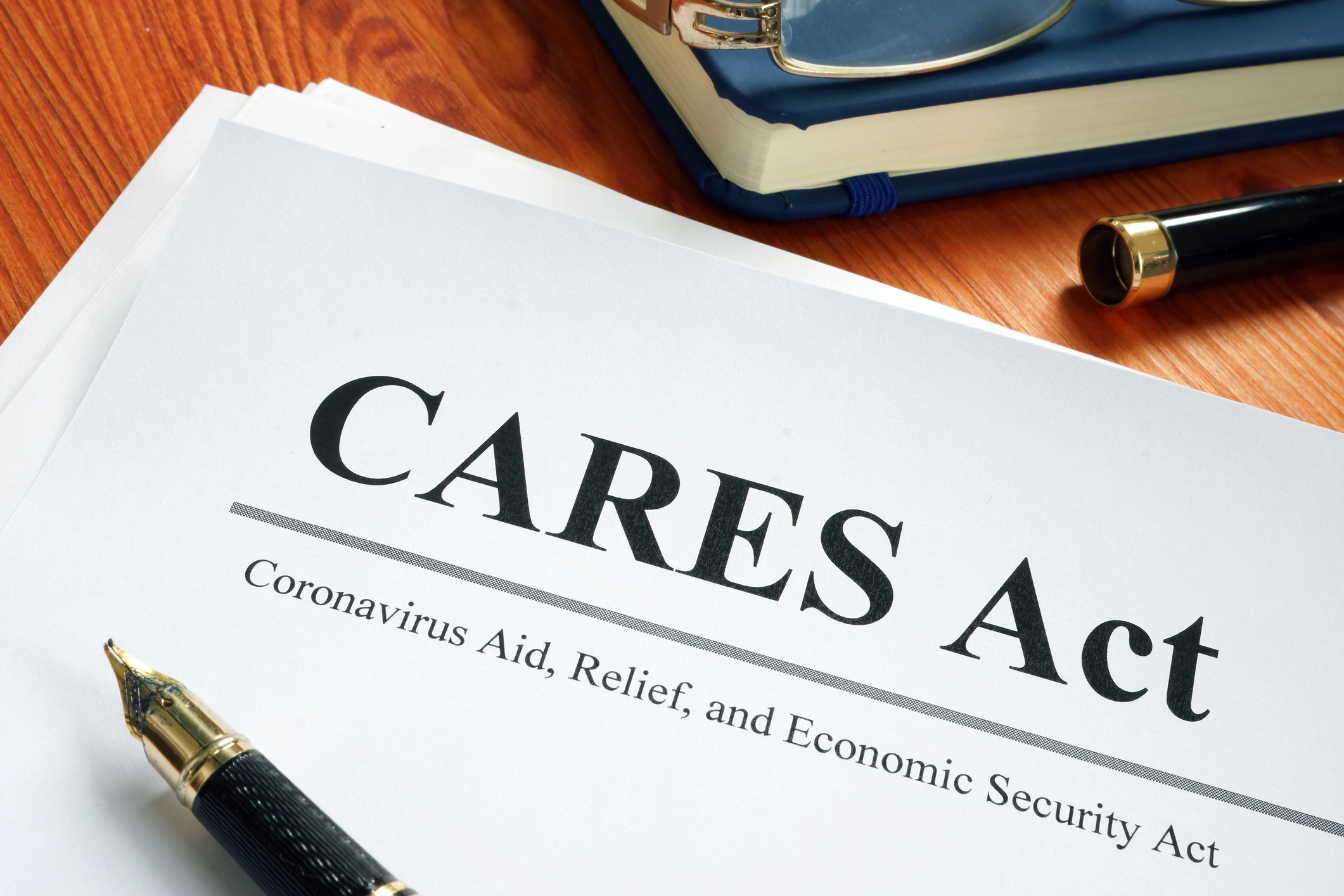 The Coronavirus Aid, Relief, and Economic Security Act (the “CARES Act”) was signed into law and enacted on March 27, 2020. Although the CARES Act was the third of four stimulus bills to address the growing economic distress being caused by COVID-19, its provisions formed the foundation of what to expect from subsequent stimulus packages.
The Coronavirus Aid, Relief, and Economic Security Act (the “CARES Act”) was signed into law and enacted on March 27, 2020. Although the CARES Act was the third of four stimulus bills to address the growing economic distress being caused by COVID-19, its provisions formed the foundation of what to expect from subsequent stimulus packages.
Specific to pastors, ministerial employees, and the wider church community, the CARES Act made accommodations for the religious sector that past economic stimulus actions (in 2007, 2008, and 2009) did not. Recognizing that churches often operate like small businesses akin to more traditional private sector organizations, the CARES Act included church organizations to benefit from some of its more powerful provisions. For example, pastors could receive cash rebates for themselves and their families like any other taxpayer. Also, unemployment benefits not typically permitted to the church community could be received by church or ministry employees under certain circumstances.
In January 2021, Congress ratified and then-President Trump signed a new piece of COVID-19 crisis legislation geared toward helping individuals navigate the financial woes of the pandemic, and propping up the resulting faltering economy.
The Consolidated Appropriations Act (CAA) was the fourth piece of COVID-19 legislation to be ratified since March 2020; the other three included the CARES Act, Families First Coronavirus Response Act, and Paycheck Protection Program (PPP) Flexibility Act.
The CAA was divided into themes with pandemic relief being only one. For pandemic relief to businesses, $325 billion was allocated to small business relief, $284 billion of which went to the Paycheck Protection Program. The PPP was a hallmark COVID-19 stimulus maneuver activated in various legislation before the CARES Act and likely saved many businesses. In some cases, PPP funds were available to church organizations, too.
For relief to individuals, Congress permitted $600 per person in economic impact checks. This stimulus can be prorated per person based on the same rubric as the CARES Act. Also, $25 billion in the bill was approved to help state and local governments provide rental assistance programs to help individuals pay back arears in rent and utility costs.
For job loss relief, $120 billion was used to extend Federal unemployment benefits until March 14, 2021. Those qualifying for unemployment benefits can receive an extra $300 per week until that date. Qualification under the heightened standards will again follow the same rubric as the CARES Act, which included church employees. The CAA also allows for heightened qualifications for government agencies and non-profits to receive reimbursement, if needed due to these increased COVID-19 unemployment benefits. Any new legislation will likely be targeted for vote around March 14, 2021, when the new round of heightened unemployment benefits expire. President Biden has signaled that he is adamant about passing a fifth stimulus package that will likely extend the provisions of CARES Act and CAA further into 2021.
For up-to-date information, please go the IRS website.
